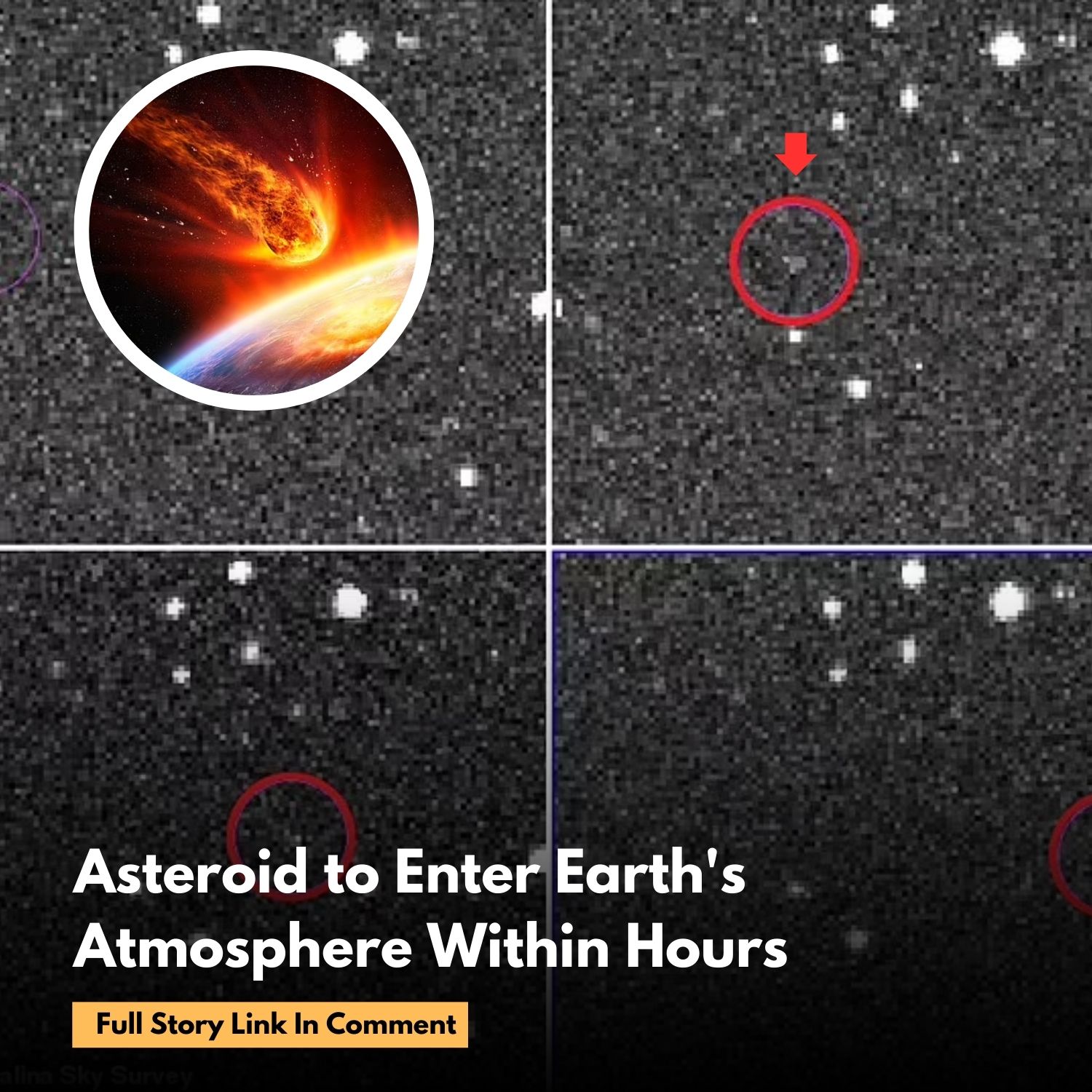A newly discovered asteroid is expected to enter Earth’s atmosphere today, passing over the Philippines. The asteroid, traveling at a staggering 39,000 miles per hour, will streak across the sky at approximately 12:45 p.m. ET.

Measuring only three feet in diameter, the asteroid is predicted to burn up upon entering the atmosphere. Any remaining fragments are expected to fall harmlessly into the sea. Due to its incredible speed, the asteroid will likely produce a bright fireball visible to those in the Philippines around 12:46 a.m. local time.
The asteroid, designated CAQTDL2, was detected by NASA’s Catalina Sky Survey early Wednesday, just eight hours before its predicted entry into Earth’s atmosphere. This marks only the ninth time astronomers have successfully identified an asteroid before impact.
Jacqueline Fazekas, a scientist at the Catalina Sky Survey in Arizona, made the discovery and shared photos of the asteroid as it approached Earth. Meanwhile, Alan Fitzsimmons, an astronomer at Queen’s University Belfast, emphasized that the speed of this asteroid is typical for objects of this kind.
“Don’t be fooled by Hollywood portrayals where you see the asteroid coming from a distance, giving people time to escape. In reality, there’s no time for such dramatic reactions,” Fitzsimmons told *New Scientist*.
Scientists have reassured the public that, due to its small size, the asteroid poses no threat, and no evacuations are necessary. The European Space Agency (ESA) confirmed the asteroid will pass near Luzon Island, adding in a social media post, “The object is harmless, but people in the area may witness a spectacular fireball!”
This early detection of the asteroid is noteworthy, as very few have been spotted prior to entering Earth’s atmosphere. However, Fitzsimmons views this as a positive development, highlighting the growing effectiveness of planetary defense systems.
“The real takeaway is that our survey telescopes are improving and giving us earlier warnings,” Fitzsimmons added. “If a larger, more dangerous asteroid were on a collision course with Earth, we would have the time to issue warnings and protect people.”
The ESA also echoed these sentiments, stating, “This detection is great news and a sign of our advancing planetary defense capabilities.” With detection systems becoming more efficient, scientists believe that spotting incoming asteroids before they reach Earth may soon become the norm.